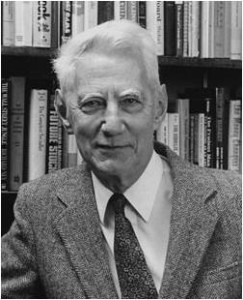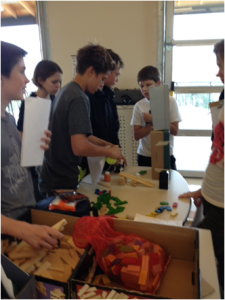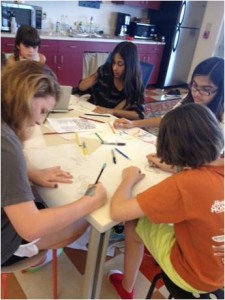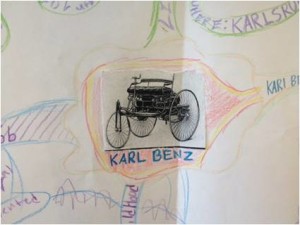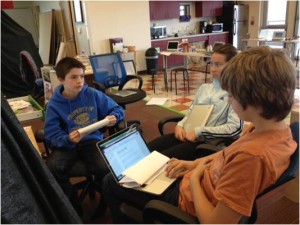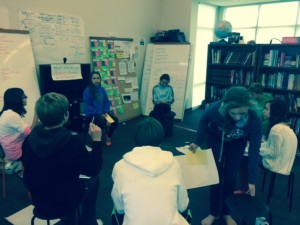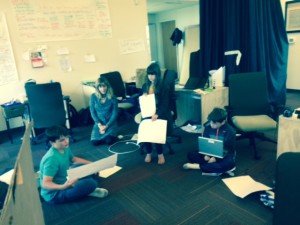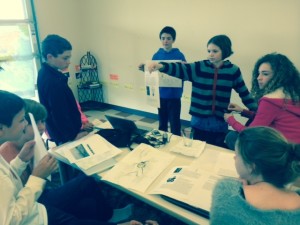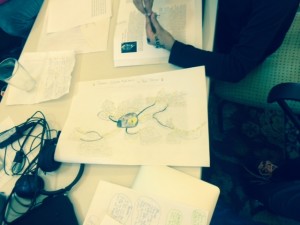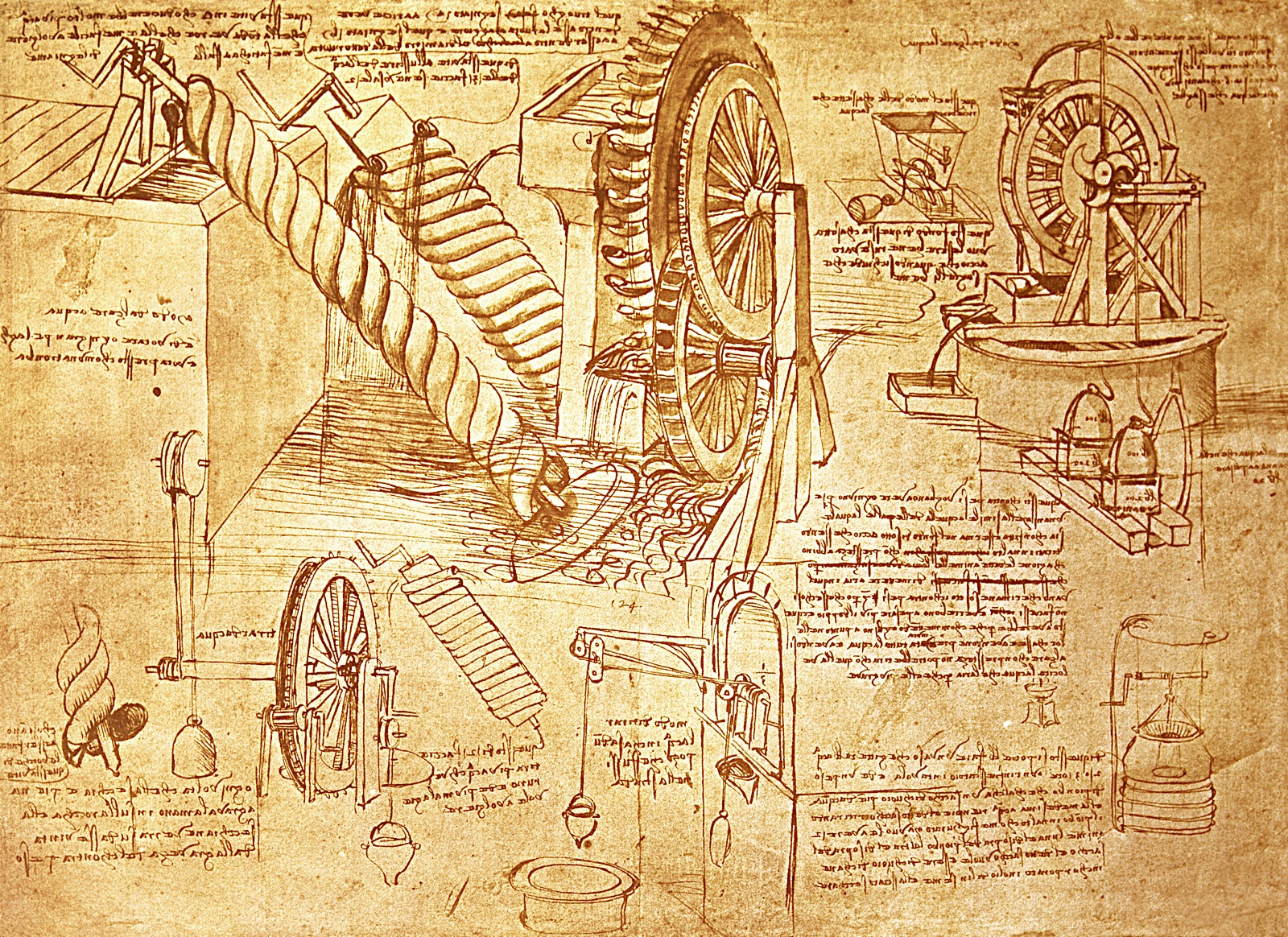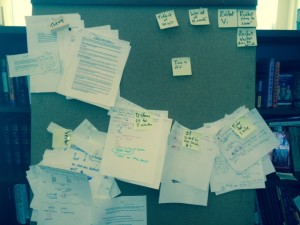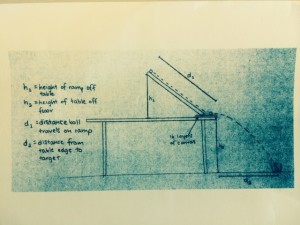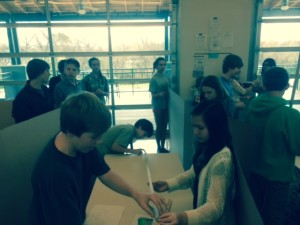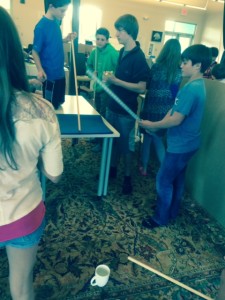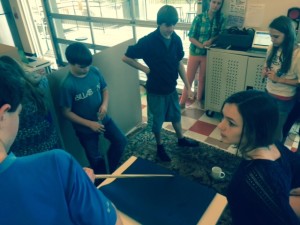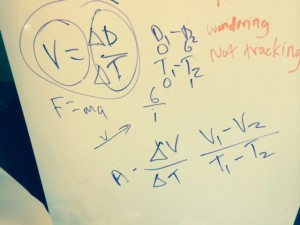What does this session’s exploration into the motivation of Scientific Creators – Explorers of Ideas, Inventors and Innovators – have to do with educational disruption? Perhaps quite a bit.
So much energy is put into standardizing schools – testing, segmenting and applauding assembly lines of students shaped and formed by teachers. What if this is exactly the wrong approach in the 21st century?
Early in the electronic age, engineers believed that sending more energy through a noiseless conduit was best way to transmit data, much like shouting through a megaphone to be heard. Bell Labs paradigm buster Claude Shannon turned this idea on its head in 1948 with his classic paper “A Mathematical Theory of Communication,” proposing that listening for “surprises” in a noisy communications channel was a better way to transmit information.
From Shannon’s single insight came all of modern communications, including the internet, digital encryption and the compression algorithms that allow us to watch YouTube videos for free.
Economist George Gilder has applied Shannon’s insights into the value of surprises to the Information Age. Gilder argues it is the surprises created and spread by entrepreneurial scientists and business leaders that add most of the value in the world, not the forces tending toward standardization and economic equilibrium studied by most economists.
The Explorer of Ideas, like Shannon, is someone who comes up with a novel concept, like throwing a rock into a still pond. The Inventor sculpts the rock. The Innovator throws the rock and sets in play ripples that spread across the pond. All of this energy comes from the surprises generated from the three Creators.
Standardization can be necessary at times, but its job is to minimize variability and surprise. Once all of the ripples have been quieted, the value added is nil as commoditization reigns.
Our Eagles are being inspired and equipped to become Surprising Forces in the world, creators of great value, daring to be different, never settling for a standardized or commoditized life.
How fitting our Eagles are delving deeply into what has motivated the great Scientific Creators of the past, as they prepare to be the Creators of the future.
